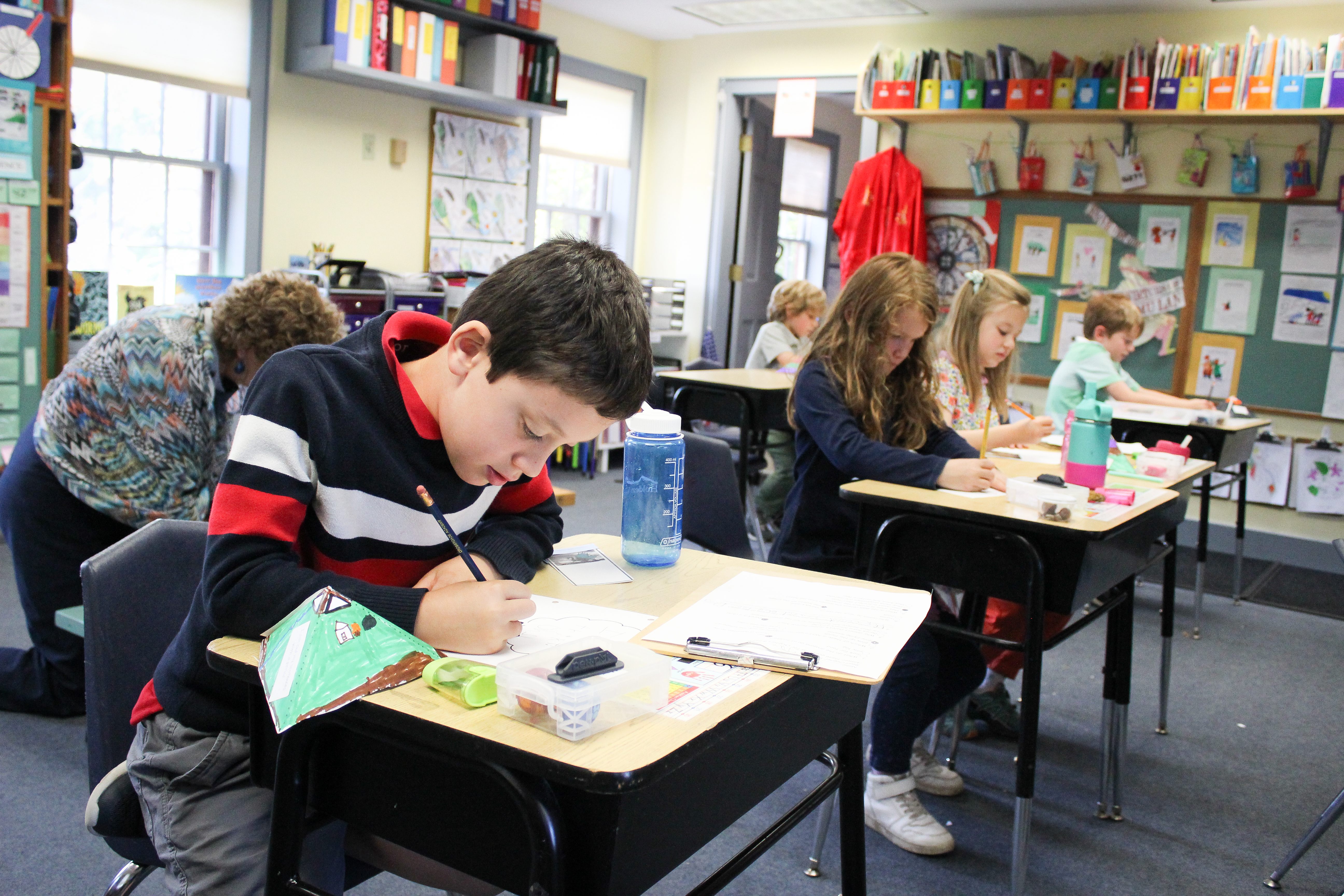
Every teacher I know has had this experience: As students transition from a previous activity, they sometimes require feedback and guidance to settle at their desks before a new lesson can begin. But the way teachers choose to respond to students in this moment can have a wide range of consequences on their learning. For example, teachers may say, “Be quiet, class. Otherwise, you’re going to lose recess or be asked to stay after school.” Alternatively, teachers may try another approach and say, “Students, this isn’t who you are. What’s our shared expectation for this class and how can I help you get there?”
While both strategies help students with their transition, the first approach enforces the concept that students require threats to abide by certain expectations while the second approach affirms their identities as individuals who intrinsically want to do the right thing. Teachers who foster underlying concepts that their classrooms are places of respect and then provide students with opportunities to cultivate that norm have fewer disciplinary problems over the course of the year.
Choosing words carefully can shape other scenarios, too. For example, after a lesson teachers may ask, “Are there any questions?” But if students aren’t provided with sufficient time and space, they may not want to raise their hand. As a result, the learning stops at that moment. Alternatively, teachers may ask, “So what questions do you have now?” This approach reinforces an expectation that questions are important, often arise when learning new material, and deserve time and space because they extend students’ learning. With a slightly different choice of words, students are given the opportunity to ponder and reflect on any gaps in their understanding.
To cultivate habits of choosing words more carefully, teachers may want to maintain a list of useful phrases that are particularly effective and then share them with colleagues. They also may want to document the impact of choosing one set of words over another. But it all starts by fostering an awareness of the power words possess for every student. Each step toward this understanding can help shape expectations for learning as well as a school’s culture long after the sounds of the words fade away.




